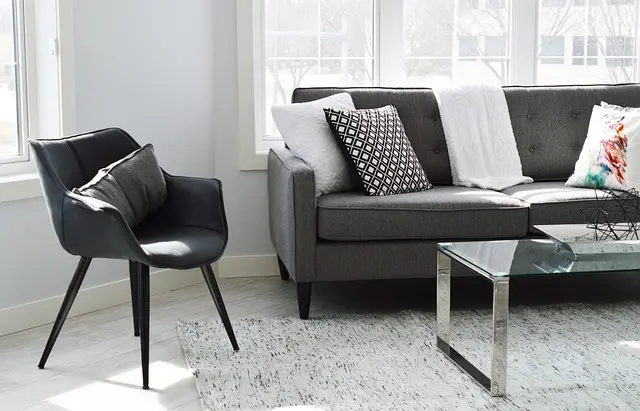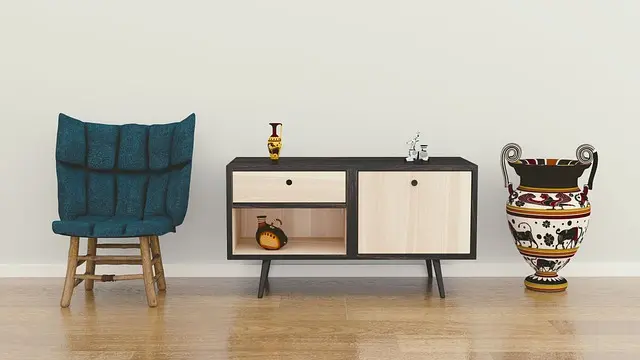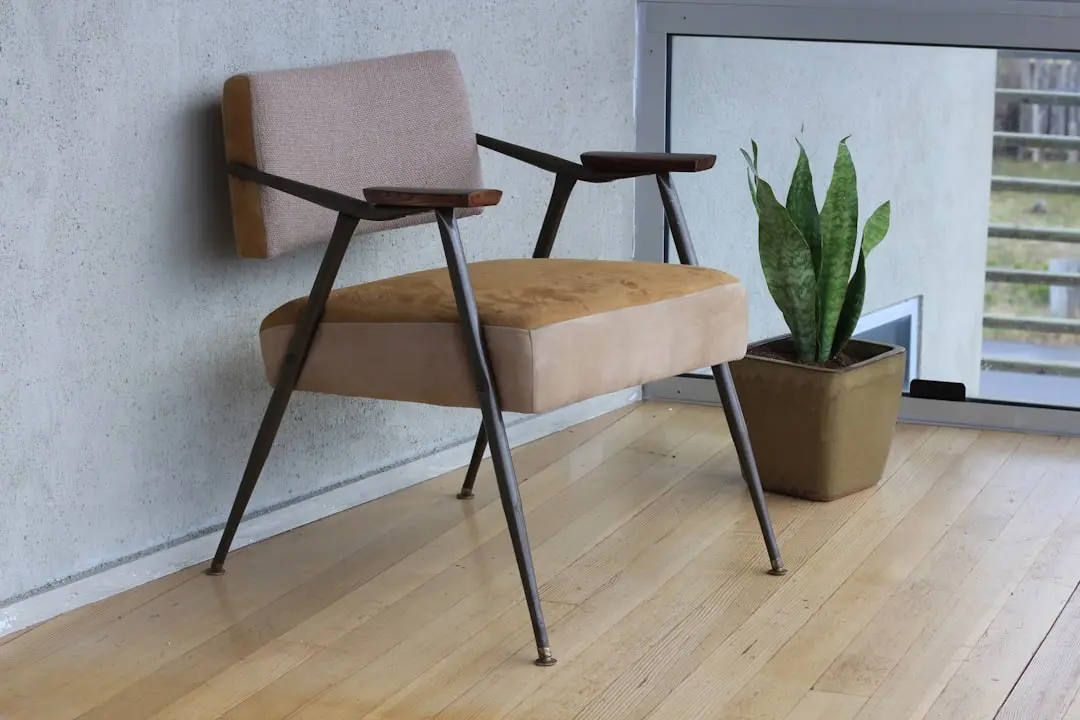
How to Integrate Sustainable Materials in Home Furniture Design
Introduction to Sustainable Home Furniture Design
 Introduction to Sustainable Home Furniture Design
Introduction to Sustainable Home Furniture Design
Have you ever wondered how to integrate sustainable materials in home furniture design? In today’s world, the demand for sustainable home furniture is growing rapidly among middle to high-income homeowners, interior designers, and architects. This article explores how to integrate sustainable materials in home furniture design, highlighting the benefits and trends of eco-friendly furniture materials. By understanding the importance of sustainable practices, you can make informed decisions that contribute to a healthier environment and a stylish home. Did you know that the global eco-friendly furniture market is poised for significant growth, with a projected CAGR of 6.19% between 2023 and 2032, reaching an estimated value of USD 1.64 billion by 2032? This surge reflects a broader shift towards sustainability, driven by the growing awareness of environmental impact and the desire for healthier living spaces.
Eco-Friendly Furniture Materials
 Eco-friendly furniture materials are essential for creating sustainable home furniture. These materials include reclaimed and recycled wood, bamboo, recycled metal, cork, and upcycled materials. Each of these offers unique benefits, such as reducing waste, minimizing the demand for new resources, and providing durable and versatile options for furniture design. For instance, bamboo is a fast-growing grass that can be harvested sustainably. It’s known for its strength and versatility. Reclaimed wood, sourced from old buildings or discarded furniture, helps reduce deforestation and adds a unique aesthetic to furniture pieces. Additionally, recycled metal, such as aluminum, saves up to 95% of the energy used in its production from raw materials. Cork, harvested from the bark of cork oak trees, is another renewable material that is lightweight and durable. Upcycling creatively repurposes old or discarded materials, giving them a new life and reducing landfill waste. By integrating these eco-friendly furniture materials, homeowners and designers can contribute to a healthier environment and embrace sustainable home furniture trends.
Eco-friendly furniture materials are essential for creating sustainable home furniture. These materials include reclaimed and recycled wood, bamboo, recycled metal, cork, and upcycled materials. Each of these offers unique benefits, such as reducing waste, minimizing the demand for new resources, and providing durable and versatile options for furniture design. For instance, bamboo is a fast-growing grass that can be harvested sustainably. It’s known for its strength and versatility. Reclaimed wood, sourced from old buildings or discarded furniture, helps reduce deforestation and adds a unique aesthetic to furniture pieces. Additionally, recycled metal, such as aluminum, saves up to 95% of the energy used in its production from raw materials. Cork, harvested from the bark of cork oak trees, is another renewable material that is lightweight and durable. Upcycling creatively repurposes old or discarded materials, giving them a new life and reducing landfill waste. By integrating these eco-friendly furniture materials, homeowners and designers can contribute to a healthier environment and embrace sustainable home furniture trends.
Sustainable Home Furniture Trends
 Current sustainable home furniture trends are revolutionizing interior design by offering innovative solutions that blend style with eco-consciousness. One prominent trend is the use of natural and non-toxic finishes, which improve indoor air quality by reducing the release of volatile organic compounds (VOCs). This is crucial, as indoor air can be 2-5 times more polluted than outdoor air due to VOCs from conventional furniture materials. Another trend is the integration of smart and sustainable technologies, which optimize energy usage and enhance the functionality of furniture. Additionally, multi-functional and space-saving designs are gaining popularity, especially in urban settings where space is limited. These designs not only maximize functionality but also minimize environmental impact by reducing the need for multiple pieces of furniture. By embracing these sustainable home furniture trends, homeowners and designers can create modern, eco-friendly living spaces that are both stylish and environmentally responsible. For more insights on sustainable furniture trends, visit Hindustan Times.
Current sustainable home furniture trends are revolutionizing interior design by offering innovative solutions that blend style with eco-consciousness. One prominent trend is the use of natural and non-toxic finishes, which improve indoor air quality by reducing the release of volatile organic compounds (VOCs). This is crucial, as indoor air can be 2-5 times more polluted than outdoor air due to VOCs from conventional furniture materials. Another trend is the integration of smart and sustainable technologies, which optimize energy usage and enhance the functionality of furniture. Additionally, multi-functional and space-saving designs are gaining popularity, especially in urban settings where space is limited. These designs not only maximize functionality but also minimize environmental impact by reducing the need for multiple pieces of furniture. By embracing these sustainable home furniture trends, homeowners and designers can create modern, eco-friendly living spaces that are both stylish and environmentally responsible. For more insights on sustainable furniture trends, visit Hindustan Times.
Benefits of Sustainable Furniture
 Choosing sustainable furniture offers numerous benefits for both the environment and consumers. By opting for eco-friendly materials like reclaimed wood, bamboo, and recycled metal, you contribute to reducing deforestation and lowering carbon emissions. This is crucial, given that 70% of global consumers are integrating eco-friendly practices into their daily routines. Sustainable furniture also improves indoor air quality by using low-VOC finishes, which is particularly beneficial for individuals with respiratory issues or allergies. Moreover, the durability and longevity of high-quality sustainable furniture provide long-term economic savings, as these pieces are built to last and require fewer replacements. Embracing green furniture manufacturing techniques not only supports a healthier environment but also aligns with the growing trend of sustainable home furniture.
Choosing sustainable furniture offers numerous benefits for both the environment and consumers. By opting for eco-friendly materials like reclaimed wood, bamboo, and recycled metal, you contribute to reducing deforestation and lowering carbon emissions. This is crucial, given that 70% of global consumers are integrating eco-friendly practices into their daily routines. Sustainable furniture also improves indoor air quality by using low-VOC finishes, which is particularly beneficial for individuals with respiratory issues or allergies. Moreover, the durability and longevity of high-quality sustainable furniture provide long-term economic savings, as these pieces are built to last and require fewer replacements. Embracing green furniture manufacturing techniques not only supports a healthier environment but also aligns with the growing trend of sustainable home furniture.
Green Furniture Manufacturing Techniques
 Green furniture manufacturing techniques are essential for producing premium bespoke sustainable furniture. These methods include energy-efficient manufacturing, a zero-waste approach, and local sourcing of materials. By adopting these practices, manufacturers can significantly reduce their environmental impact and support local economies. For instance, energy-efficient manufacturing involves using renewable energy sources like solar or wind power, which helps minimize carbon emissions. A zero-waste approach ensures that all materials are maximized and leftovers are recycled, reducing landfill waste. Local sourcing not only cuts down on transportation emissions but also bolsters local businesses. In 2022, a report highlighted that 70% of global consumers are integrating eco-friendly practices into their daily routines, showcasing the growing demand for sustainable products. By embracing green furniture manufacturing techniques, manufacturers can meet this demand while creating high-quality, sustainable home furniture.
Green furniture manufacturing techniques are essential for producing premium bespoke sustainable furniture. These methods include energy-efficient manufacturing, a zero-waste approach, and local sourcing of materials. By adopting these practices, manufacturers can significantly reduce their environmental impact and support local economies. For instance, energy-efficient manufacturing involves using renewable energy sources like solar or wind power, which helps minimize carbon emissions. A zero-waste approach ensures that all materials are maximized and leftovers are recycled, reducing landfill waste. Local sourcing not only cuts down on transportation emissions but also bolsters local businesses. In 2022, a report highlighted that 70% of global consumers are integrating eco-friendly practices into their daily routines, showcasing the growing demand for sustainable products. By embracing green furniture manufacturing techniques, manufacturers can meet this demand while creating high-quality, sustainable home furniture.
